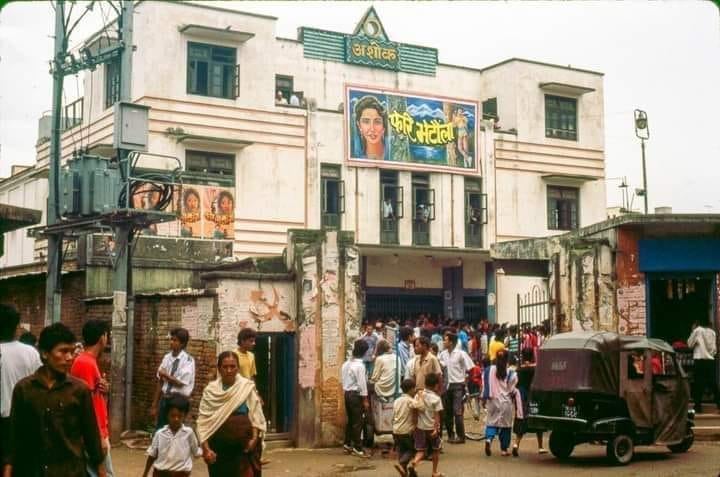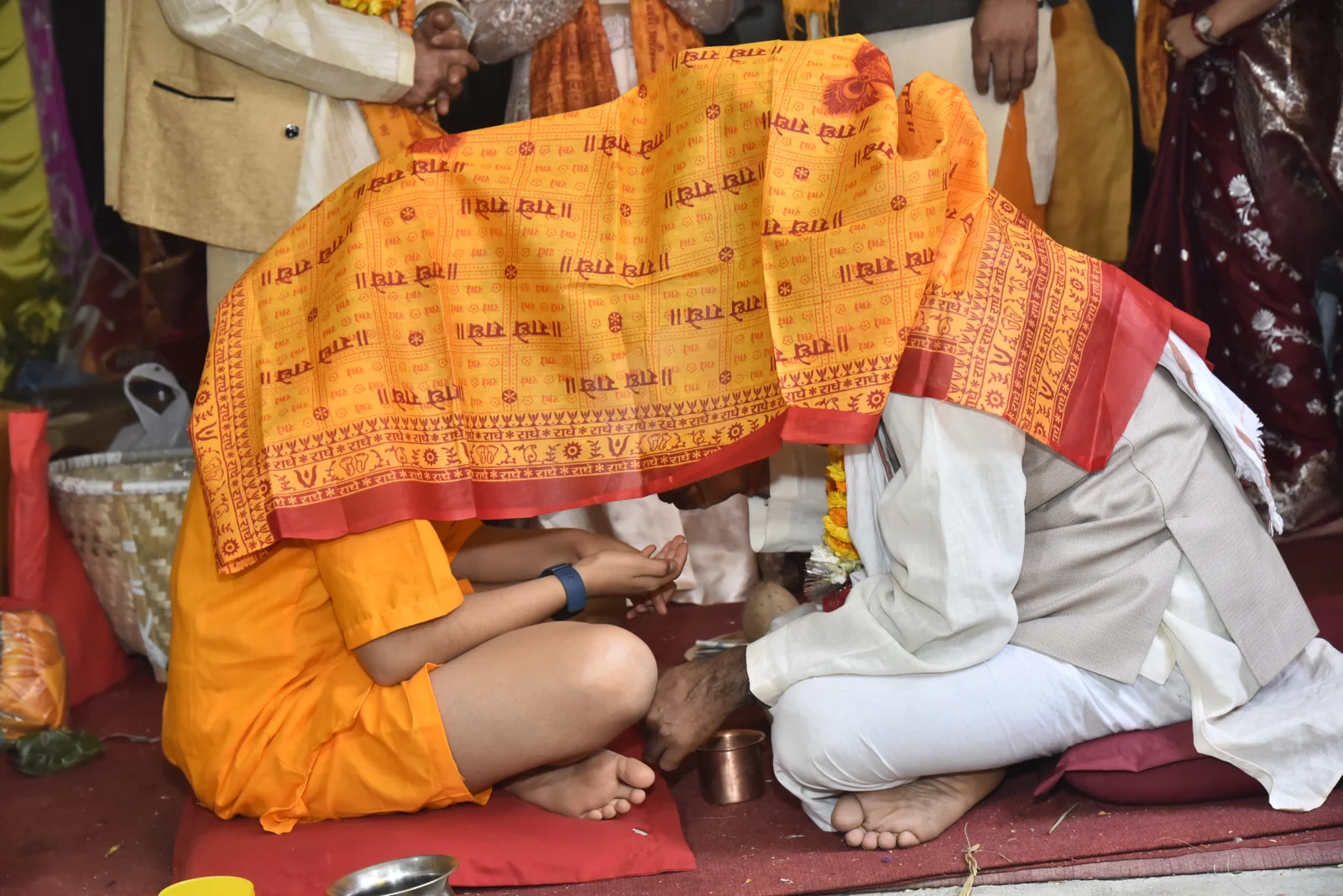Share this Article

Nepali cinema, often referred to as Nepali film industry or Kollywood (a term blending Kathmandu, the capital of Nepal, with Hollywood), has come a long way in terms of development, recognition, and cultural influence. Despite being relatively small compared to the larger film industries of India, Hollywood, or China, Nepali cinema has steadily made its mark in the global entertainment industry. From the early days of its inception to the modern digital era, Nepali filmmaking has not only entertained but also played a pivotal role in shaping the country’s culture, identity, and social narratives.
1. The Origins of Nepali Cinema: A Historical Perspective

Nepali cinema began in the early 1950s, influenced by the rising cultural and technological changes in the world. The first feature film, Satya Harishchandra, made in Nepali, was released in 1951 and set the stage for the future of the film industry in the country. However, the early years were characterized by experimental works with limited budgets and resources. Films were primarily focused on local stories, with a strong emphasis on social realism, portraying the daily lives, traditions, and struggles of ordinary Nepali people.
The initial phase of Nepali cinema was influenced by Indian cinema, especially Bollywood. Many early Nepali filmmakers sought inspiration from Indian film styles, music, and narratives, and as a result, many films were adaptations of popular Hindi films or regional Indian works. However, the turning point for Nepali cinema came in the 1990s, after the restoration of democracy in Nepal. The opening of new markets, improved access to film equipment, and a greater sense of creative freedom helped filmmakers break away from conventional Bollywood-influenced styles and develop a unique identity.
2. The Rise of Nepali Cinema in the 21st Century

The early 2000s marked a significant turning point in Nepali cinema. A new wave of filmmakers began experimenting with more diverse genres, storytelling techniques, and production styles. The increasing availability of digital filmmaking technology enabled filmmakers to explore a range of narratives and reach wider audiences. This democratization of filmmaking technology led to the rise of independent films and a more vibrant, experimental approach to cinema.
- Technological Advancements: The advent of digital cinematography, better sound recording tools, and affordable film production equipment gave Nepali filmmakers the means to produce higher-quality films on smaller budgets. This accessibility allowed filmmakers to focus on more realistic, contemporary stories, while also experimenting with animation, computer graphics, and digital editing techniques.
- Diverse Genres: Nepali filmmakers began to explore a broader range of genres, moving beyond the traditional drama or musical formats that dominated the earlier years. Action, comedy, horror, and romance started to make their way into mainstream cinema. Movies like "Loot" (2012), an action-packed heist drama, and "Pashupati Prasad" (2016), a dark comedy, resonated strongly with audiences, expanding the scope of Nepali films and attracting younger viewers.
3. Cultural Representation and Social Impact
Nepali cinema has evolved to become more than just a source of entertainment; it has become a powerful medium for cultural expression and social commentary. Filmmakers are increasingly using films to address pressing social issues such as corruption, poverty, gender inequality, migration, and environmental challenges.
- Social Issues and Awareness: Nepali cinema often tackles sensitive and pressing topics such as domestic violence, child marriage, caste-based discrimination, and youth migration. These films serve as a reflection of the social landscape, while also encouraging discussions about change. Films like "The Black Hen" (2015), which explores the human cost of war in the remote regions of Nepal, and "Woda Number 6" (2017), which deals with political corruption and power struggles, have been praised for their thought-provoking narratives and their ability to raise awareness about critical issues in Nepali society.
- Gender and Representation: Over the years, Nepali cinema has also begun to explore more progressive narratives regarding gender and women's empowerment. While early films often portrayed women in traditional, submissive roles, contemporary Nepali films feature strong female protagonists, exploring their independence, resilience, and social challenges. Films like "Dying Candle" (2008) and "Sambodhan" (2019) delve into the lives of women facing societal pressures and gender-based violence, highlighting the shifting dynamics in Nepali social structures.
- Ethnic and Cultural Diversity: Nepali cinema has begun to celebrate the country’s ethnic and cultural diversity. Filmmakers are increasingly showcasing the lives and traditions of various ethnic groups, including the Tamang, Newar, Madhesi, Gurung, and Tharu communities. This cultural representation is important in fostering unity and promoting an inclusive national identity. Films like "Hami Yestai Ta Ho Na Bro" (2016), which highlights the life and struggles of a Madhesi family, help break stereotypes and bring marginalized communities into the cultural spotlight.
4. Nepali Cinema’s International Reach
Nepali cinema, once mostly confined to local audiences, has made strides in international markets, particularly in the South Asian diaspora and international film festivals. With globalization and the rise of digital platforms, Nepali films are increasingly being recognized and appreciated on the global stage.
- Film Festivals: Nepali films have been showcased at international film festivals, such as the Cannes Film Festival, Toronto International Film Festival, and Busan International Film Festival. This exposure allows Nepali filmmakers to gain international recognition and connect with global audiences, while also drawing attention to Nepal's unique cultural and political landscape. Films like "The Man Who Knew Infinity" (2015), based on the life of the famous mathematician Srinivasa Ramanujan, were co-produced by Nepali filmmakers and received critical acclaim abroad.
- Digital Platforms and Streaming Services: With the rise of streaming platforms like Netflix, Amazon Prime, and YouTube, Nepali films have found new audiences worldwide. Filmmakers are now able to distribute their content beyond Nepal, reaching Nepalese expatriates in countries like India, the United States, the United Kingdom, and the Middle East. Nepali cinema has a growing fanbase in countries with significant Nepali diaspora communities, and digital platforms have provided an easy and accessible way for international audiences to engage with Nepali stories.
- Co-Productions and Global Collaborations: The trend of international co-productions is also on the rise. Nepali filmmakers are increasingly collaborating with international production houses to create films that not only appeal to local audiences but also have universal themes and global appeal. Such collaborations allow Nepali filmmakers to access better resources, distribution channels, and international expertise.
5. Challenges and the Future of Nepali Cinema
While Nepali cinema has made significant progress, it still faces challenges in areas such as funding, infrastructure, and distribution. The lack of robust film distribution networks and limited access to high-quality production facilities can hinder the growth of the industry. However, the rise of digital cinema, crowdfunding, and independent production houses has provided avenues for new filmmakers to break through these challenges.
Additionally, with the increasing popularity of Nepali films and the growing number of cinema-goers, the demand for local content is expected to rise, which could further fuel the growth of Nepali cinema. Filmmakers are expected to continue to innovate, creating films that reflect the evolving social, political, and cultural landscape of Nepal, while also gaining a stronger foothold in global cinema.
Conclusion
Nepali filmmaking has come a long way, transitioning from its modest beginnings to becoming a force to be reckoned with in global cinema. With an increasing focus on social issues, gender representation, and cultural diversity, Nepali cinema is carving out its own space in the international film industry. As it continues to evolve, it holds the potential to showcase the stories, struggles, and triumphs of Nepali society to the world, while contributing to the larger global conversation on social change, cultural identity, and artistic expression.
Categories:
Tags:
nepali halls
,
kollywood
,
cinema
,
films



